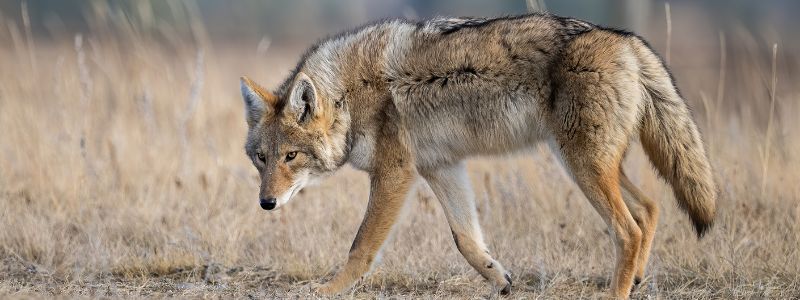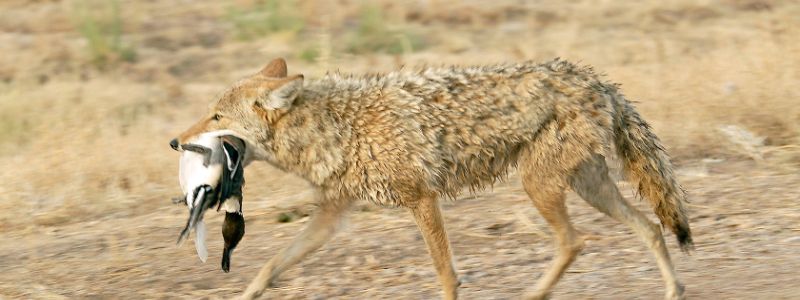Phases of the Moon and Deer Movement
Some hunters swear by it, while others dismiss it. Does the moon dictate deer behavior?
Autumn in the Northern Hemisphere is deer breeding and hunting season. Hunters who are after big trophy bucks or supply of venison take to the woods in hope of bagging deer. In addition to good scouting, scent control, accurate shooting, and a generous helping of luck, many deer hunters consider moon phases to have a strong effect on deer behavior.
The second full moon after the autumnal equinox is sometimes called the Hunter’s Moon. According to tradition, the bright moonlight provides hunters with additional light by which to hunt game for the coming winter’s food supply. However, some modern hunters claim that deer are less active during a full moon. Others swear that a full moon means more deer movement during the day, increasing the odds in favor of the hunters.
Effect of the Moon on Doe Estrus Cycles
Since rut timing varies from year to year, observers look for predictable, determining factors. The popular belief is that decreasing amounts of sunlight signal the do to prepare for reproduction, and that bright moonlight triggers them to come into season. This begins the seeking phase, with bucks moving around and zeroing in on prospective mates. As the moon wanes, the chasing phase follows, culminating in the breeding phase, which occurs in the dark of the moon.
Moon Charts and Moon Phase Programs
Charles Alsheimer has written a book on the topic, Hunting Whitetails by the Moon, (Krause Publications, 1999). Alsheimer goes into detail about his research in support of the theory that deer movement definitely can be predicted according to moon phases. Hunters who agree that moonlight is a strong factor in deer behavior can also purchase software, such as QuickPhase Pro, that provides a program for predicting moon phases, moonrise, and moon positions for hundreds of years. Hunters won’t be out after the game for hundreds of years, but they might just find the information interesting.
Use Game Cameras to Gather Deer Movement Data
Hunters who want to do their own research on the correlation between deer movement and the moon can use game cameras to gather data. By setting up cameras to photograph deer in feeding areas and known paths, then graphing movement and overlaying the results with a chart of moon phases, do-it-yourself researchers can obtain hard evidence about the deer in their hunting grounds. Ideally, the research would include multiple years, so that factors such as weather and temperature changes could be taken into account.
Deer Hunting Success Depends on Many Factors
While an understanding of the effects of moon phases on deer behavior may play a significant part in anticipating when and where the game will appear, many other factors are equally important. Scent control, stealth, and accurate shooting must all be practiced. Hunters with the highest chances of success are those who are most familiar with their hunting grounds. No technology or moon phase chart can beat year-round scouting and years of familiarity. One must also pay homage to the hunter’s most valuable companion, Lady Luck, who may or may not send the deer into the hunter’s range. When all the variables of temperature, wind, sound, scent, movement, and inclination of the wild deer to stroll down just the right path at precisely the right time all come together, there is still the shot to be taken. It all comes down to the hunter, the weapon, and the deer in the sights.



